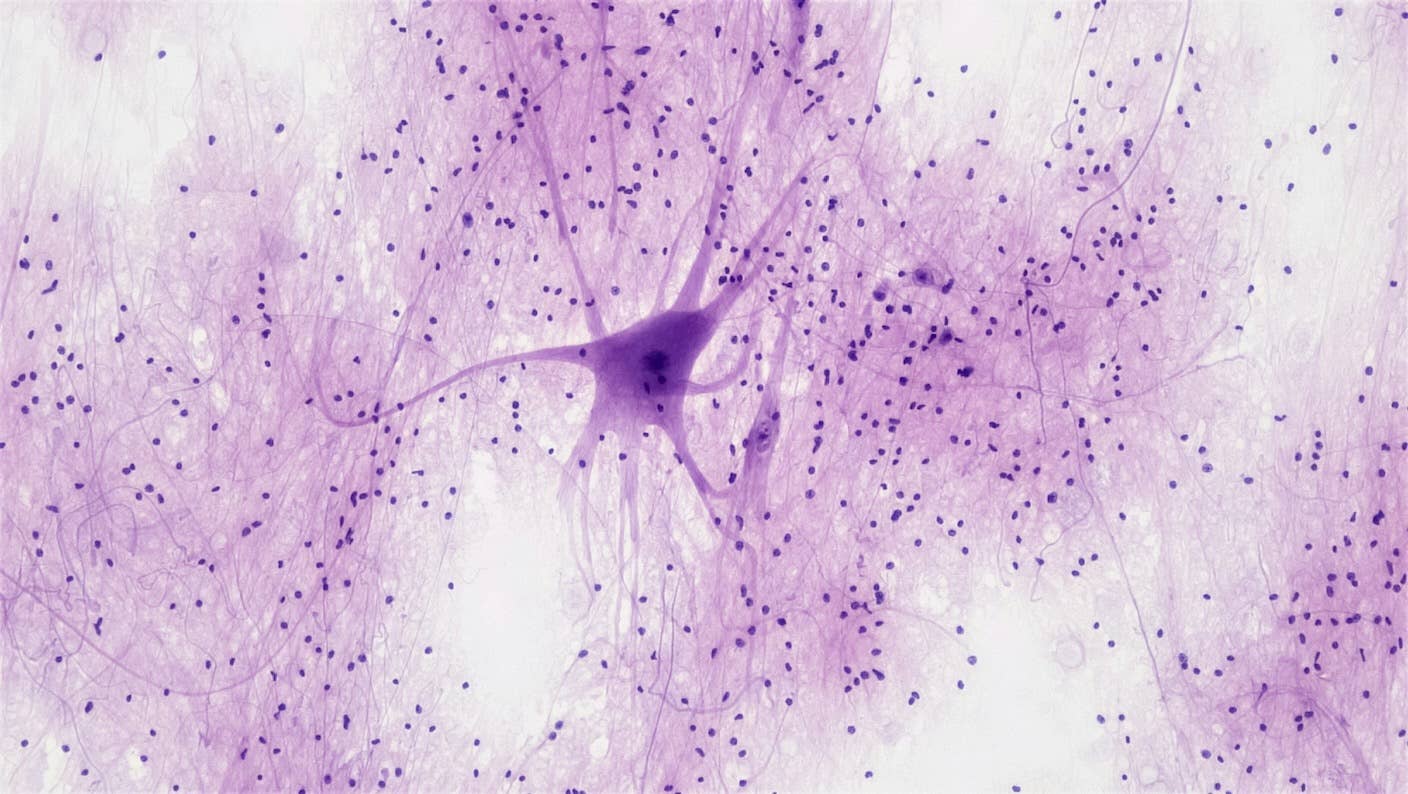Open Source Robot, DARwIn-OP, Shows Off at RoboGames 2011 (video)

Share
The original Charles Darwin taught the world about the origin of species. The DARwIn-OP may teach the world about the evolution of robots. The DARwIn line of humanoids was created by Dennis Hong's RoMeLa group at Virginia Tech, but DARwIn-OP is open source and able to be improved by anyone. Not only can researchers write and share software for the small robot, they can change and redesign his hardware as well (it's open source and available as CAD files). At the recent 2011 RoboGames in San Mateo, DARwIn-OP was on hand to showcase its soccer playing, as well as its many other skills. Mike Overstreet of I, Bioloid got some great video footage of the event. Watch it below. Robots that can reprogram themselves are still a ways off, but open source robots may be the next best thing.
Before we get to the RoboGames videos I wanted to show two quick clips for those that have never seen DARwIn-OP or its predecessors before. The first video is a rapid fire review from Robotis, the company that has produced/assembled copies of the bot for research teams that didn't want to build it on their own. The second is a slightly longer demo from Virginia Tech, DARwIn-OP's birthplace. Notice how robust this little bot is, autonomously getting up from falls without any problems. It's color and pattern recognition is also top notch - which really helps when you want a bot to play soccer without human guidance!
Without further delay, here are Overstreet's videos from RoboGames. The first is a rather long look at all DARwIn-OP can do, while the second is much briefer demo of how this bot can also be controlled manually with a PS3 video game controller.
Be Part of the Future
Sign up to receive top stories about groundbreaking technologies and visionary thinkers from SingularityHub.


While potentially DARwIn-OP could be built and owned by anyone in the world, practically it's only been made by a few research institutions. The retail cost of the bot (as sold by Robotis) is $12,000. Even if you try to make it yourself, I'm guessing the cost of parts alone is going to keep this bot out of the hands of many amateur developers. Still, with about a dozen universities using DARwIn-OP and sharing their innovations through open source code and CAD, the bot has made a very good start. As we've seen with other open source bot projects, like Willow Garage's PR2, once you can get a diverse group of engineers working on the same platform there's a lot of potential to accelerate the field of robotics as a whole. In fact, while DARwIn-OP isn't using the same open source library as the PR2 (that being ROS) I think the two projects are simpatico. DARwIn-OP is a small scale walking humanoid for $12k while the PR2 is a full scale rolling humanoid for $400k. Those are some distinctly different niches can still impact each other without competing. When you add in all the other great open source robots out there I think we're seeing an expansion of the ecosystem that will be beneficial to everyone. So keep doing your thing DARwIn-OP, it may take a few years but I think the kind of open source robotics you represent will eventually lead us to a future filled with cute little machines that love playing soccer...or, you know, something like that.
[screen capture credit: Michael Overstreet]
[video credits: Michael Overstreet, Robotis, Virginia Tech]
[sources: I, Bioloid blog; RoMeLa; Robotis]
Related Articles

In Wild Experiment, Surgeon Uses Robot to Remove Blood Clot in Brain 4,000 Miles Away

A Squishy New Robotic ‘Eye’ Automatically Focuses Like Our Own

This Crawling Robot Is Made With Living Brain and Muscle Cells
What we’re reading
